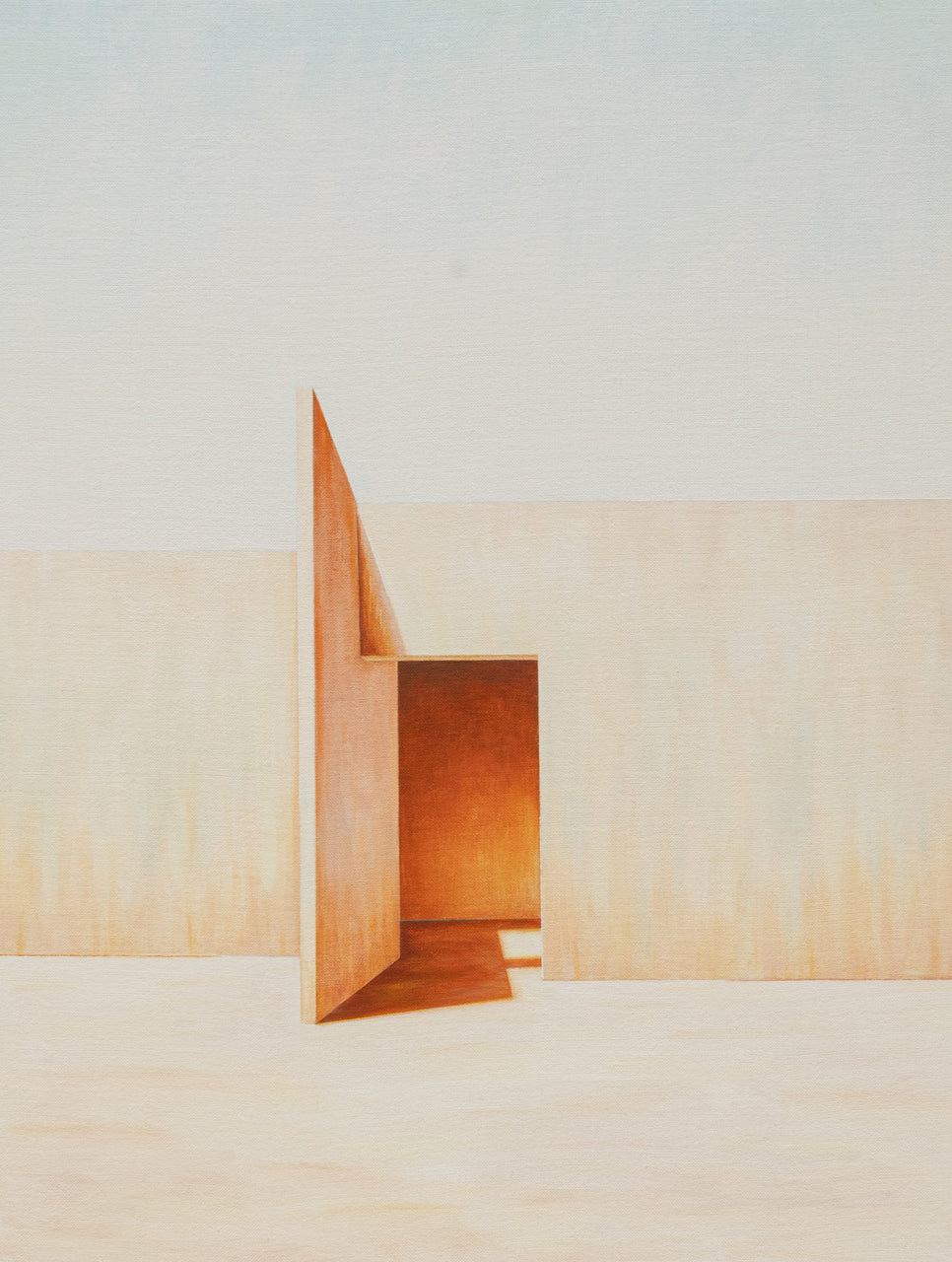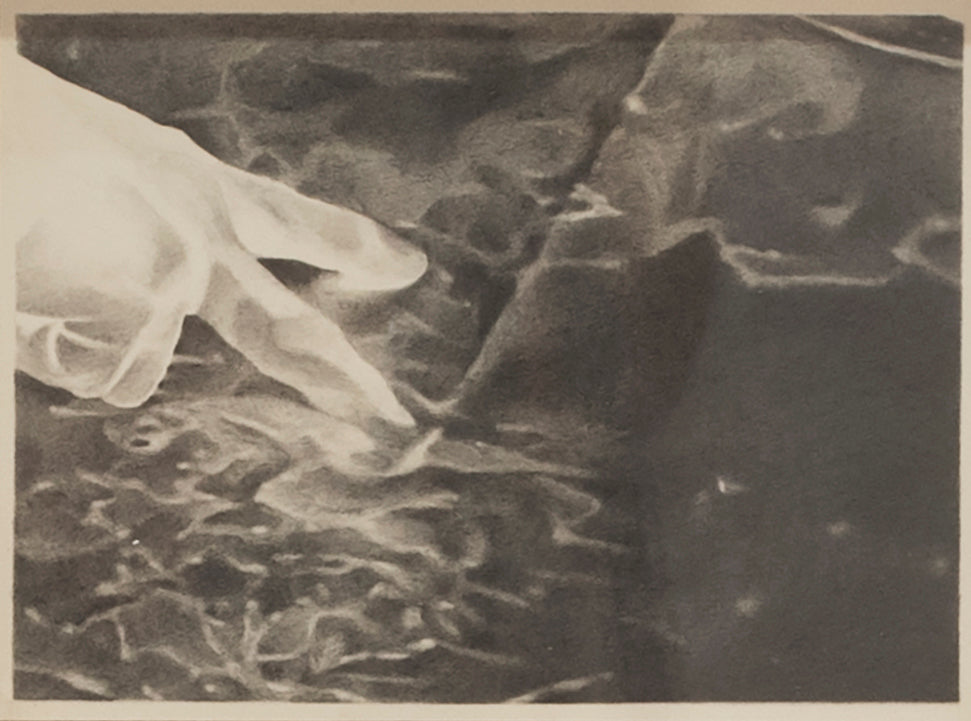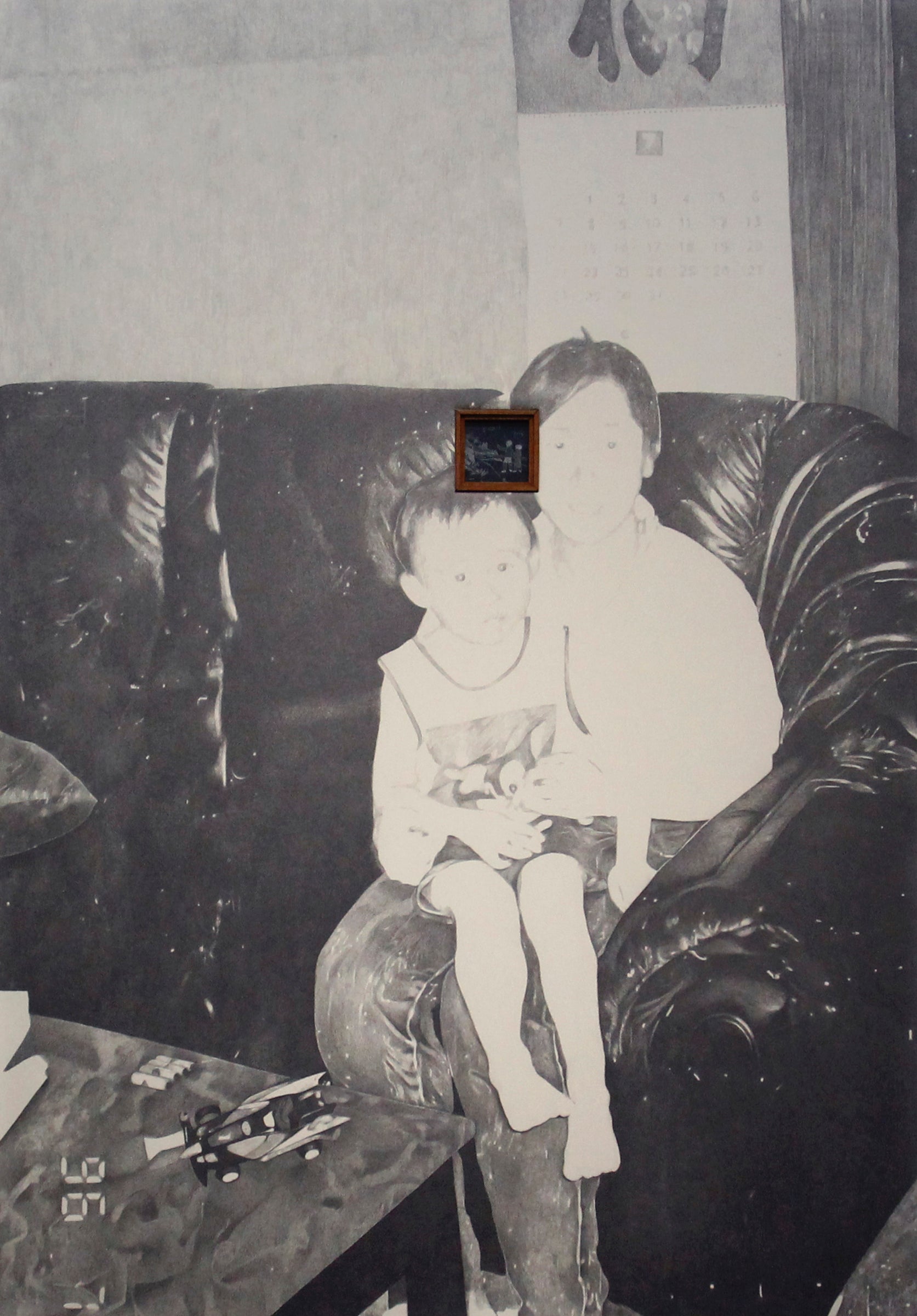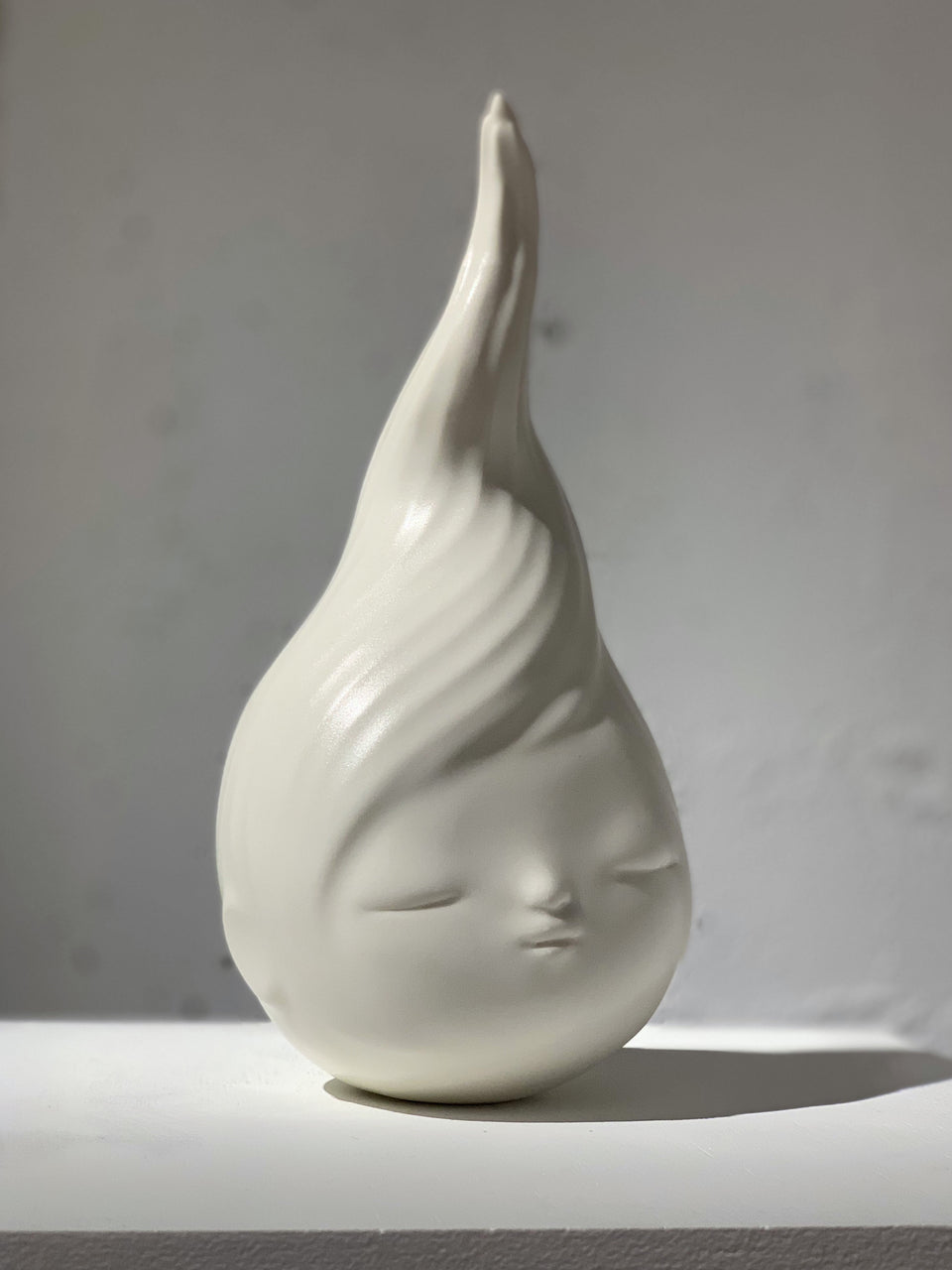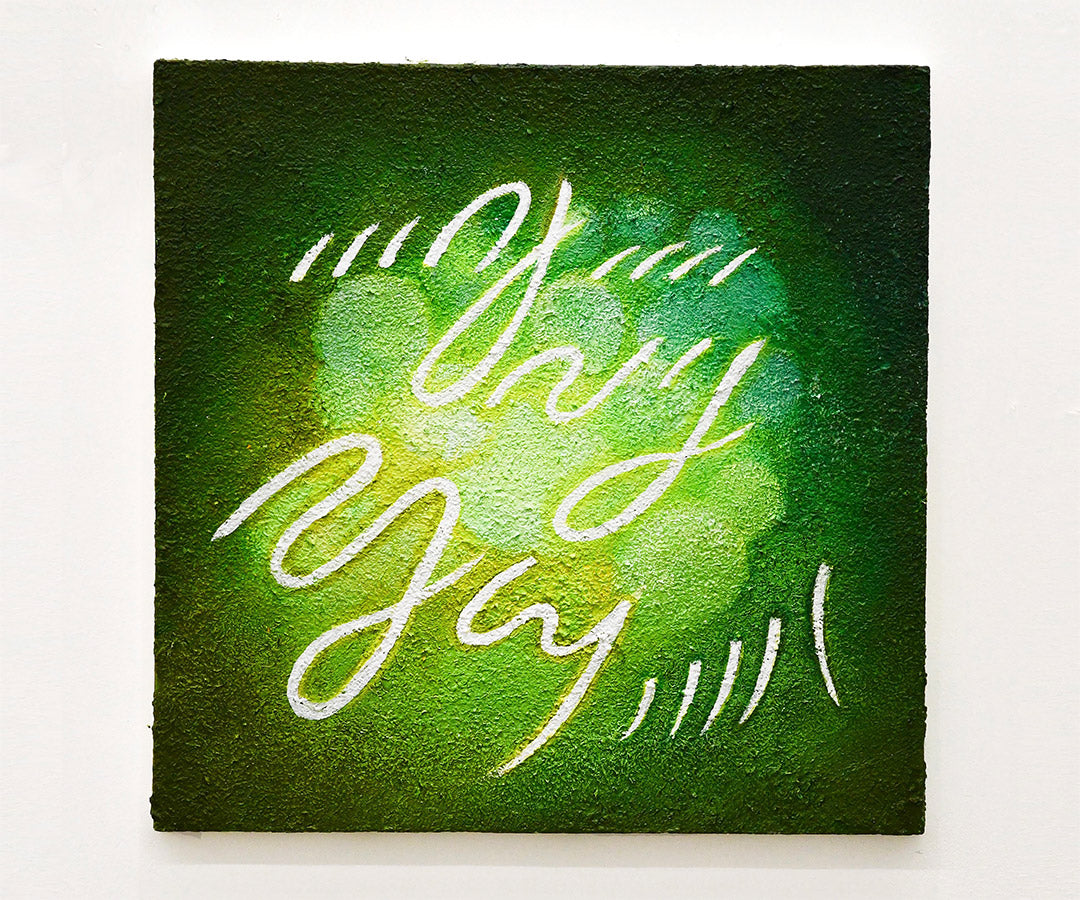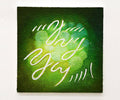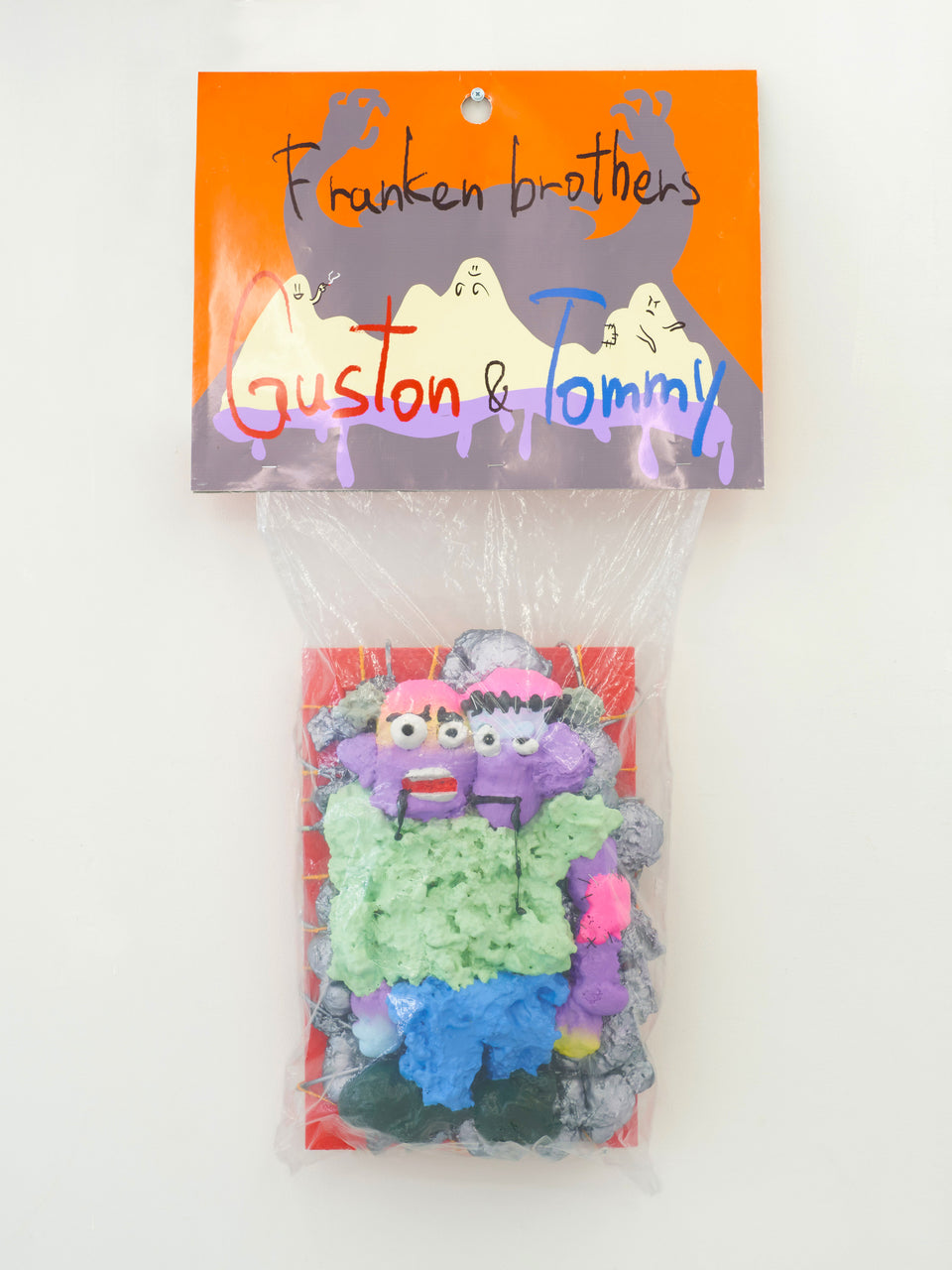

YOUNG ARTISTS
Space and Memory:HONG KONG
Dimensions:TOKYO
August 27, 2021

INTRODUCTION
There are few opportunities in the world today for young artists to display their work. Art museums and galleries tend to prefer experienced and prominent artists. This holds true the bigger the institution becomes. So, most of the good exhibition opportunities are claimed by stars who have more marketability.
Every artist starts as an unknown, and there are countless young artists in the world right now seeking to make a name for themselves. Given just one right opportunity, each one of them has the potential to make it big. It has always been my wish to discover such young talent.
This group exhibition features young artists of whom I discovered while visiting the graduation exhibitions from different art universities.
Artists with no hint of their forebears, and artists who possess unique perspectives and expressions are the ones who will expand the market of contemporary art and write a new chapter in its history. I specifically chose artists with interesting works who have the potential to play such a role.
Like the epoch-making artist Léonard Foujita, these young artists are blazing their own trails, which is why I selected their works for this exhibition. I sincerely hope that you come and enjoy it.
Finally, I would like to wish all artists and art lovers a prosperous life beyond this current pandemic.
I wish Art will make you happy!!!
Koei Shiraishi



Spece and Memory
The concept of space has been fundamental to shaping our lived experiences and widely explored by artists and writers across time; from Gaston Bachelard’s monumental work that changed our thoughts and memories of domestic spheres; to Michel Foucault’s heterotopias which refer to ‘places outside of all places’; to the Light and Space movement’s rigorous investigation of perceptual phenomena in the 1960s and 1970s. Similarly, these three Hong Kong artists investigate the ways in which spaces are represented, perceived, and imagined in relation to identities, dreams, and memories, opening up gateways for reflection and contemplation.

Tap Chan
Tap Chan’s exhibition space is pure white – white artworks, white walls, white emotions. The space looks like a bedroom as well as a utopian existence.
I learnt that the artist is using these works to express her private memories of anxiety and insomnia, such as using dense nylon fibers to construct the shape of a washboard, while alluding to the long hair that falls out due to anxiety; using a white headboard and neon glow to explore dreams, rest and reverie.
-quoted from HKAGA writer Carol Yuan

Tap Chan
Tap Chan
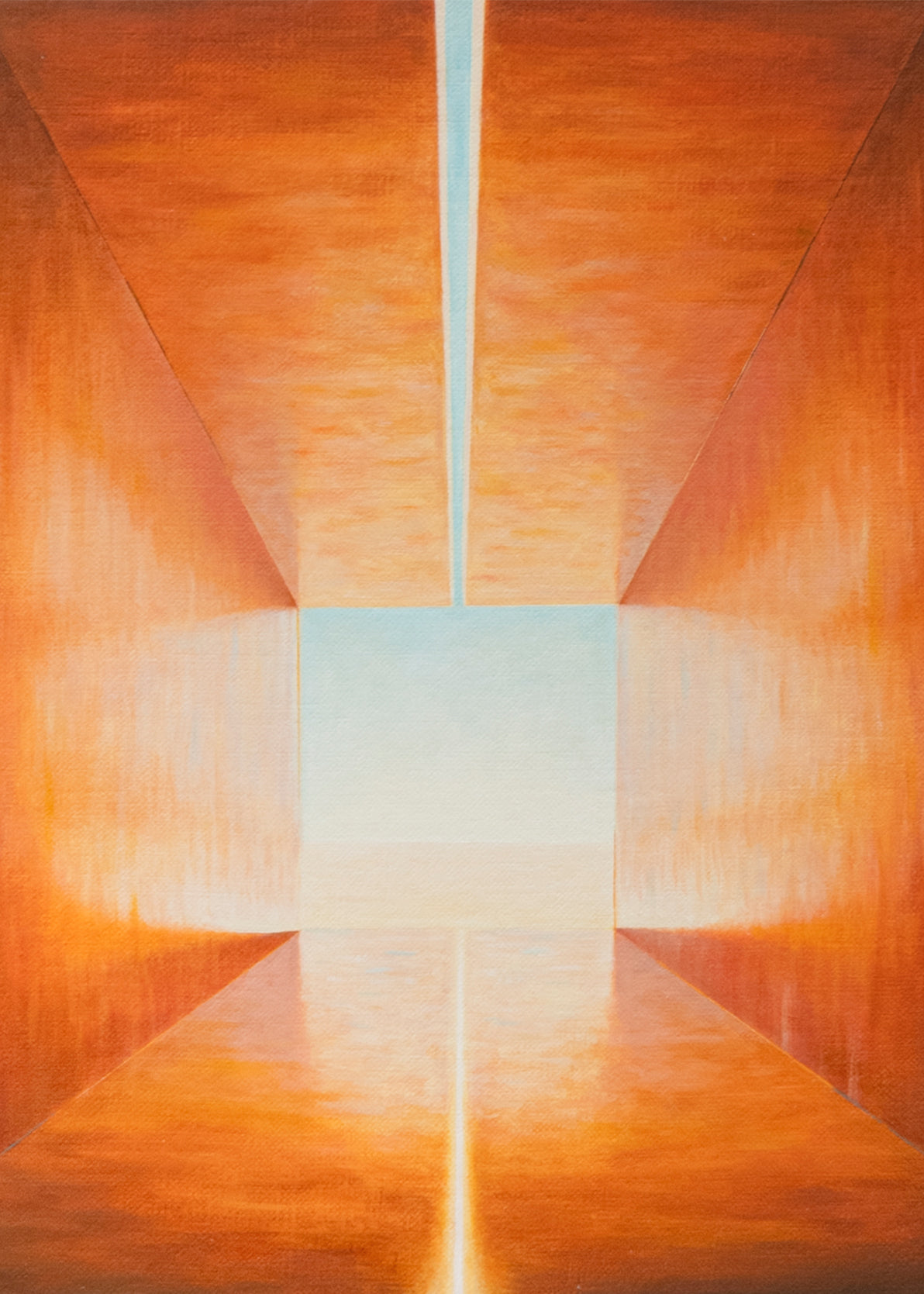
Szelit Cheung
Orange and red are the favorite colors of mine. In my perception, orange and red should be the opposite of white – the latter is soft and calm, while the former is bright and passionate. Therefore, I was surprised when move from Tap Chan’s white dream land to Szelit Cheung’s orange-red house.
Using light, shadow, color, and geometric structure, Cheung’s works repaint places he has visited and express his geographical memories. This is the artist’s first attempt at bright color expression, but his unique utilization of color and light makes the orange-red images appear soft instead of ardent.
- quoted from HKAGA writer Carol Yuan

Szelit Cheung
Szelit Cheung

Kwong San Tang
In the monochrome graphite works of Kwong San Tang, I read the collision of despair and hope.
Tang’s works mainly recreate his personal memory and that of a generation of Hong Kong people: the Chinese immigrants who smuggled themselves to Hong Kong by water in the last century in search of freedom. The overall color palette of the work is gray and black, and at one glance I could feel a sense of dreary despair, just as the immigrants who drifted about in the sea had experienced. Yet the process was a hopeful one, as soon as they reach the window of the Immigration Department, there would be a new future.
-quoted from HKAGA writer Carol Yuan

Kwong San Tang
Kwong San Tang


Dimensions

Karen Shiozawa
Karen Shiozawa (1998-, Japan)
Those who encounter works of Karen Shiozawa realize the myriad of worlds possibly exist, conceive longing and nostalgia for immeasurable bright expanding that could be seen between the world, and enable to open many doors of imagination.

Karen Shiozawa
Karen Shiozawa

Yoshiki Kikuno
Yoshiki Kikuno (1998-, Japan)
Silkscreen printing is a technique normally used to create several copies of the same design. It historically developed as a method for conveying printed information to a large number of people. Needless to say, using this technique to create three-dimensional prints takes a huge amount of time. My first impression of Kikuno's work was that it was created by someone so committed to their style that they would disregard the intended purpose of their chosen technique.
When I got to talk to the artist himself, I learned that he never uses the same stencil for more than one artwork.
In this day and age where much value is placed on high productivity, he has pursued an approach that goes strongly against that notion. In my career as a gallerist, it has been quite rare for me to meet such an artist whom I absolutely wanted to introduce to my art collectors.

Yoshiki Kikuno
Yoshiki Kikuno

Miyako Terakura
Miyako Terakura (1994-, Japan)
I first saw her ceramic works in the graduation exhibition of the Tokyo University of the Arts. She combined slip casting and hand shaping techniques to create several child-like dolls with similar facial expressions. But to me, each one appeared as a unique individual with a completely different emotion. They were like the little girls drawn by the famous Yoshitomo Nara, their seeming innocence being a special message in itself. I believe that the joy in collecting art comes from the message or "power" you get from each item. I am quite confident that anyone who looks at Terakura's works will understand what I mean.

Miyako Terakura
Miyako Terakura

Shiori Gushiken
Shiori Gushiken (1998-, Japan)
Gushiken's work for her graduation exhibition is like a large mural with a "girly" quality. When I first saw it, it was as if I could hear the little girl inside of her screaming. More than anything, it had a very cute personality.
Many years ago, Coco Chanel fought the social norms and rules that limited the freedom women had in choosing their fashion. Just as Chanel contributed greatly to attaining the freedom women have today, I believe that Gushiken's artwork has the potential to emancipate women from the biases and labels that still remain in society.
The female characters that appear in Gushiken's artwork are illustrated in a cute, pop art style. It is probably her way of seeking what it means to be "girly" without regard for what the world thinks.
The idea of ignoring social stereotypes about what girls should be like, and that fashion or figure does not matter as long as you find it cute is probably an important perspective to understand in order to enjoy being "girly".
It is my hope that Gushiken's work will help break down social barriers and give young girls of the future the true freedom to choose their own styles and fashion. I pray for the victory of this cute modern day Joan of Arc.

Shiori Gushiken
Shiori Gushiken

Ariha Imamiya
Ariha Imamiya (1996-, Japan)
Inside that space, I was experiencing a totally new way of enjoying a musical performance.
It is the symbiosis of music and visual art. How this new genre will establish itself is still beyond the definite realm of understanding.
Perhaps it will be through enormous amounts of trial and error and an accumulation of experimental works that it will develop as a new medium of artistic expression.
I love music. It lifts me up in times of sadness, and makes me want to shout in times of longing. Music has the power to shake your senses, or even touch you emotionally in a way that affects your life decisions.
What if you add a visual and spatial experience to music? Conversely, what if you create music that is deeply influenced by a visual art form? The establishment of this new artistic genre that combines music and visual art is probably hinged on the success of Imamiya's career as an artist.
Imamiya not only creates static art in a studio. She can also leverage the transitory nature of music to create artworks through performances.
Turning transitory art such as music and performance into a permanent, physical art, or creating an interplay between music and space through a physical work of art. Further beyond, this art form will probably have great influence on artistic expression in the 22nd or 23rd century. Which is why I eagerly look forward to Imamiya's future as an artist.

Ariha Imamiya
Ariha Imamiya

Manaka Sakamoto
Manaka Sakamoto (1998-, Japan)
Sakamoto's artworks are in essence quite grotesque. Severed hands and heads, blood. Most people would be horrified if they saw these images in real life. But my impression of Sakamoto's paintings is one of beauty.
The seemingly grotesque images are drawn in such a way that makes you see beauty. I was quite impressed with the remarkable way she can walk the fine line between beauty and the macabre.
If we liken it to dreams, grotesque dreams can be fun and pleasant. There is no need to feel pain from them.
From Sakamoto's works, one can learn the sensibility that the grotesque can easily transform into a world of beauty. A tarot card reading offers both positive and negative aspects, but it is nevertheless a beautiful art that dares you to challenge the future. I feel that Sakamoto's paintings can play the role of a tarot card reading.
I’d like to cite two related impressions from the works of two great artists - Andy Warhol's "Electric Chair": By seeing a tragic object repeatedly, one gets used to it and no longer sees the tragedy in it. And Ronald Ventura's works: In reality, most of humanity is hurting.
In this pandemic, we may be facing a tragic future where most of humanity is hurting.
Looking at Sakamoto's paintings, if you try to find the beauty in the macabre, the light in the darkness, then I believe that her works can serve as a cure, a vaccine if you will, something that the world needs right now. I wish to support her as I look forward to her future works.

Manaka Sakamoto
Manaka Sakamoto

Romana Machin Tanimura
Romana Machin Tanimura (1998-, Japan)
When I was a kid, I played with toys and action figures together with my friends almost every day. Our heads were filled with stories of superheroes fighting against villains to protect the world. Each one of us was an accomplished scriptwriter in our own right.
The figures we had of Ultraman, Kamen Rider, and their monster adversaries were made of soft vinyl. They were our superheroes and our treasured possessions.
Romana's artworks are made of soft vinyl, her chosen medium, and they can make any boy explode with feelings of heroism. Romana admits that she came up with the idea from the Japanese superhero shows of the Showa era. Although there is a neotenic aspect to it, I believe that this is one of the trends of the current age.
In the Internet realm, the idea of the Metaverse, such as the one depicted in the movie "Ready Player One", has gained much attention. This indicates an emerging world view that is intrinsically linked with the concept of neoteny.
I sense that we are approaching an age where people cannot experience society or even communicate with each other without some kind of puerility.
Though this is just my own interpretation, I feel that Romana's heroic artworks that represent a new contemporary art form matches perfectly with a not-so-distant future where people idolize digital avatars and imitate their fashion. They probably even help lead the world into such a future.
This is one of my future expectations from her work.
So come and experience an avant-garde form of artistic expression, an art form predicated on the childhood fantasies of older artists.

Romana Machin Tanimura
Romana Machin Tanimura










